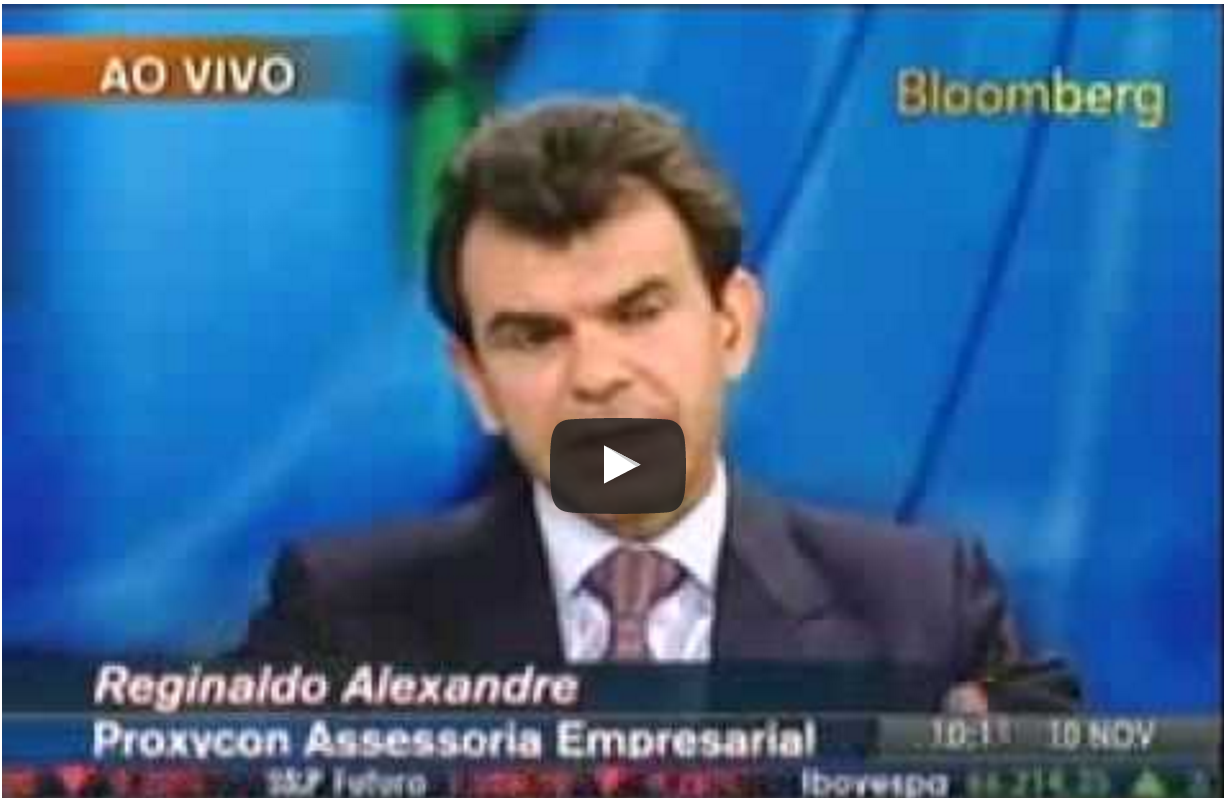NEW YORK (Dow Jones Investment Banker)–Brazil’s market for initial public offerings is likely to set a new hot pace in 2011, with as many as 30 IPOs, expected to raise up to BRL40 billion ($23.8 billion), according to Ernst & Young Terco.
Brazil has major investment needs: in oil exploration, in infrastructure for the upcoming World Cup and Olympics and in enterprises meeting the needs of a growing middle class. Accordingly, the oil services and equipment, infrastructure and consumer sectors are expected to lead the IPO boom.
Last year, Brazil had 11 IPOs, raising more than $6 billion. The market was constrained, in some part, by the year’s largest equity offering: Some issuers feared that Petrobras’s $70 billion offering would divert funds away from their own. “Nobody wanted to do their offer at the same time of Petrobras,” one market executive says.
Paulo Sergio Dortas, partner for IPOs at Ernst & Young Terco in Brazil, says Brazilian IPOs in 2011, individually, will raise more money than last year’s and even exceed those of 2007, a record year in which 64 issuances raised BRL55.6 billion ($33 billion).
TABLE: Brazil IPO Pipeline 2011
Seven initial offerings are currently under review at the Comissão de Valores Mobiliários (CVM), the Securities and Exchange Commission of Brazil. These include a deal by International Meal Company Holdings SA (IMC), a casual dining chain that shelved its IPO plans in 2009 due to market conditions. Other companies under review include water and sewage company Cia de Aguas do Brasil SA and shoe maker Arezzo Indústria e Comércio SA.
Many more are expected to register in the next few months, among them the long-awaited IPO of Magazine Luiza SA, one of Brazil’s largest electronics and furniture retailers.
The CVM is also reviewing filings for seven follow-on offerings, including those for Magnesita Refratarios SA, a refractory materials producer, and Vulcabras SA, a large footwear manufacturer.
Fabio Nazari, head of capital markets at investment bank BTG Pactual, says conditions in Brazil are favorable for follow-on offerings as well as IPOs. His prediction is for about 40 equity offerings this year, including both IPOs and follow-ons, raising $25 billion to $30 billion. He says demand from Brazilian shares has widened: “Now, it is not only the Latin American fund that buys Brazilian stock. It is also the Emerging Market fund, the global fund and the sector fund,” Nazari says.
Paulo Esteves, a lead analyst at Gradual Investimentos, says there is room for at least another 200 IPOs in Brazil over the next five years — a big number, given that there are now just 471 companies listed at the BM&F Bovespa. In fact, there are fewer companies listed on the Brazilian exchange now than there were in the 1990s, when almost 600 companies traded at one point.
According to Reginaldo Alexandre, president of the São Paulo branch of Apimec (Association of Analysts and Capital Market Professionals), the market shrank due to consolidation, privatization and lack of liquidity.
“For many years, the Brazilian market was on a stop-and-go situation. Now, we have stability and growth,” says Reginaldo Alexandre. Of course, the success of offerings by Brazilian companies depends a lot on the world markets as foreign investors are still the main buyers for Brazilian equities.



 Economista, com vinte anos de experiência na área de análise de investimentos, como analista, coordenador, organizador e diretor de equipes de análise, tendo ocupado essas posições, sucessivamente, no Citibank, Unibanco, BBA/Paribas, BBA (atual Itaú-BBA) e Itaú Corretora de Valores. Atuou ainda como analista de crédito corporativo (Citibank) e como consultor nas áreas de estratégia (Accenture) e de corporate finance (Deloitte). Hoje, atua na ProxyCon Consultoria Empresarial, empresa que se dedica às atividades de assessoria e prestação de serviços nas áreas de mercado de capitais, finanças e governança corporativa.
Economista, com vinte anos de experiência na área de análise de investimentos, como analista, coordenador, organizador e diretor de equipes de análise, tendo ocupado essas posições, sucessivamente, no Citibank, Unibanco, BBA/Paribas, BBA (atual Itaú-BBA) e Itaú Corretora de Valores. Atuou ainda como analista de crédito corporativo (Citibank) e como consultor nas áreas de estratégia (Accenture) e de corporate finance (Deloitte). Hoje, atua na ProxyCon Consultoria Empresarial, empresa que se dedica às atividades de assessoria e prestação de serviços nas áreas de mercado de capitais, finanças e governança corporativa.